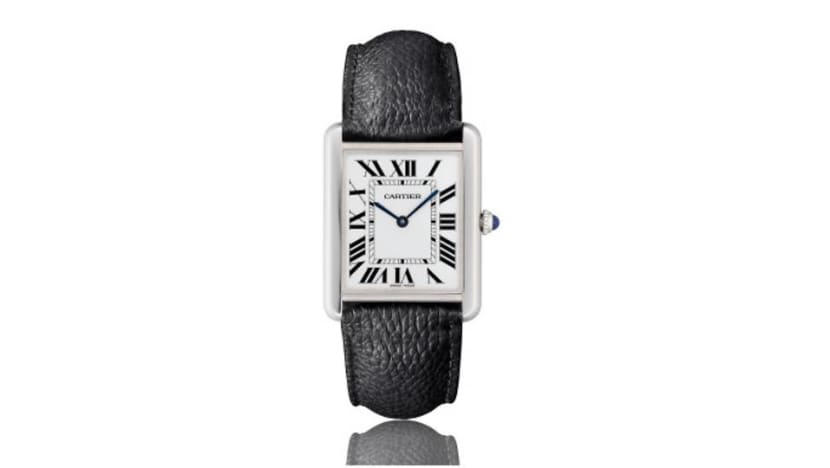Why mechanical watches are still so popular with watch collectors
Luxury mechanical watches remain reliant on skilled hands in several stages of their production, which gives the finished product a human touch.
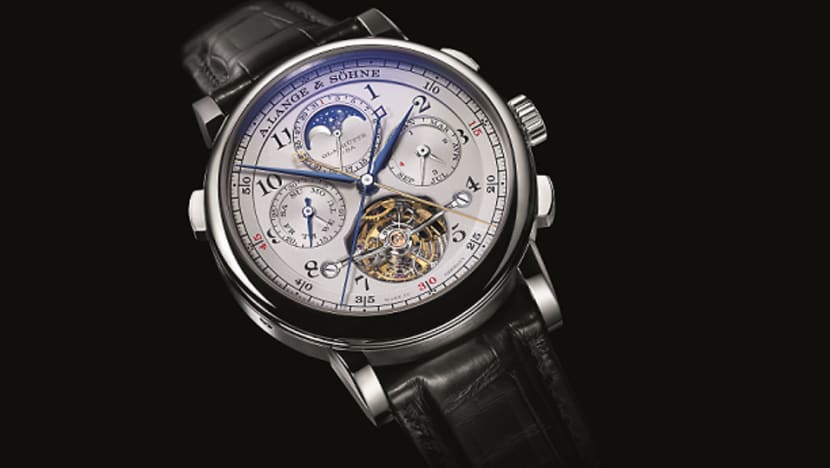
The A. Lange & Söhne Tourbograph Perpetual “Pour le Mérite” is a mechanical watch that is hugely popular with watch enthusiasts. (Photo: The A. Lange & Söhne)
SINGAPORE: The world of mechanical timepieces can be a daunting one, especially for someone who has never been introduced to the technical aspect of watchmaking. Why bother with this archaic object that’s seemingly little more than an accessory today? The question is perhaps best answered with some background information to provide context first.
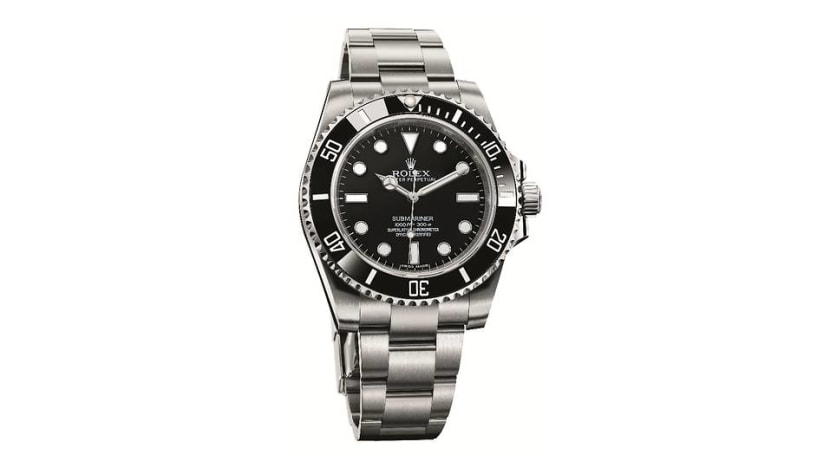
A BRIEF LOOK
A mechanical watch is so named because its movement (also known as the “engine”) works entirely via mechanical means. Power is supplied by a tensioned spring called the mainspring, which releases energy as it unwinds. Meanwhile, timekeeping relies on an oscillator – typically a spiral-shaped hairspring attached to a weighted balance wheel – that swings back and forth at a regular frequency. The escapement (a device that transfers energy to the timekeeping element and allows the number of oscillations to be counted) links these two systems up by metering energy from the mainspring at a pace determined by the oscillator; the release of energy at fixed intervals is what drives the watch’s hands to move at the correct rates to indicate the time.
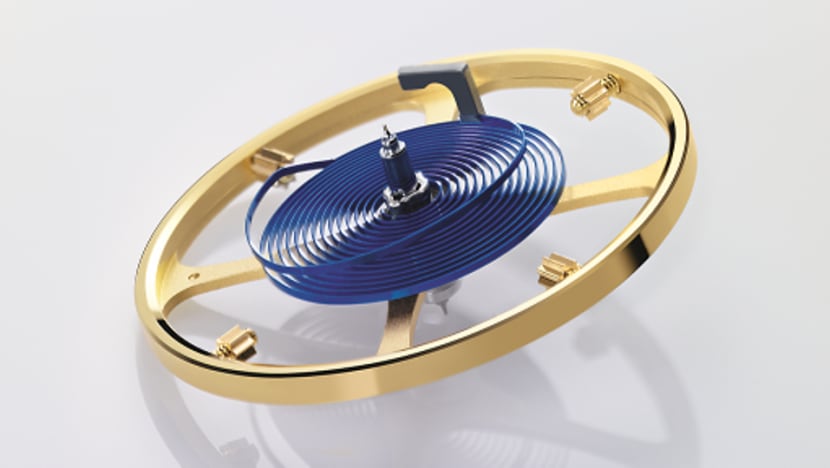
The mechanical watch is a miniature offshoot of the mechanical clock, and it is more than just one of the many devices developed by humans to keep time. Its portability, precision, and reliability (as compared to its predecessors such as sundials and water clocks) are qualities that enabled it to exert an outsized influence on human advancement.
Take the Age of Sail, for instance. Ship navigation in this period initially depended on dead reckoning, which determined a ship’s position by “tracing” its path of travel once land was out of sight. Unfortunately, this method was at best an exercise in estimation and speculation, sometimes with disastrous effect. Case in point: Over 1,500 British sailors perished in 1707 when a fleet of Royal Navy ships mistakenly sailed into the Isles of Scilly in inclement weather.
While latitude was easy to establish at sea, the “Longitude Problem” was far more difficult to solve, and various solutions were proposed. Eventually, a method involving extremely accurate timepieces called marine chronometers came to dominate transoceanic navigation. The importance of their precision cannot be overstated – an error of one second a day can throw a ship off course by up to 14km after a month. Watchmaking was thus what enabled transoceanic navigation, along with all the subsequent effects in its wake.
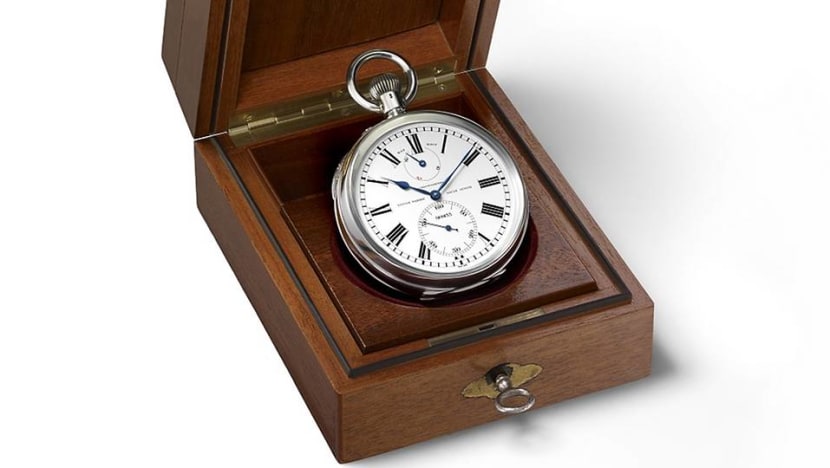
For nearly five centuries, mechanical watchmaking developed alongside technological changes to reflect the zeitgeist. The leader in watchmaking shifted from Germany to England, then France, and finally Switzerland. Pocket watches gave way to wristwatches that were initially adopted by women, before trench warfare demonstrated their convenience to men. Precision was constantly refined to create more accurate timepieces. Waterproof cases came along. These were just some of the changes that took place. Alas, although the mechanical watch was steadily being improved, the forward march of technology still caused it to eventually fall by the wayside.
DEATH AND REBIRTH
The culprit behind the mechanical watch’s demise was quartz technology. In lieu of a swinging oscillator, a quartz movement counts time with a quartz crystal, which vibrates when electricity is passed through it. With a typical deviation of around half a second per day, quartz movements are far more accurate than mechanical ones. Coupled with their relative affordability, quartz watches steadily eroded mechanical timepieces’ market dominance. The Swiss watch market, then the largest producer of mechanical watches, was decimated in the 1970s by these winds of change in a period now known as the Quartz Crisis.
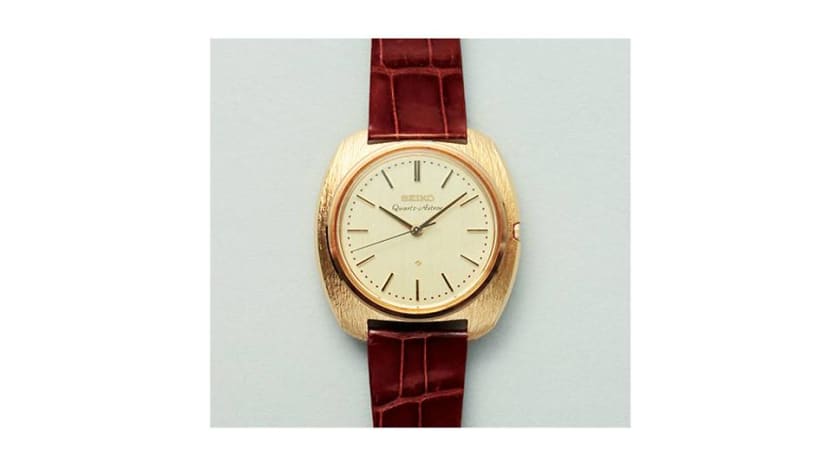
Through a series of painful reforms, mergers and acquisitions, the Swiss watch industry reinvented itself and emerged slowly from the Quartz Crisis. No longer was telling the time a mechanical timepiece’s raison d’etre – quartz watches could do it better and more cheaply. Instead, mechanical watches were repositioned as luxury objects to maintain their relevance. The emphasis shifted to details such as the superior finishing of movement components inside a mechanical watch, or the rare artisanal crafts employed on the watch dial, like enamelling. With this came an increase in prices too,a trend that continues to this day. In time, however, mechanical and quartz timepieces matured in their own ways and expanded into unexplored price segments. It’s possible to find sub-$200 mechanical watches again, or quartz timepieces costing several thousand dollars.
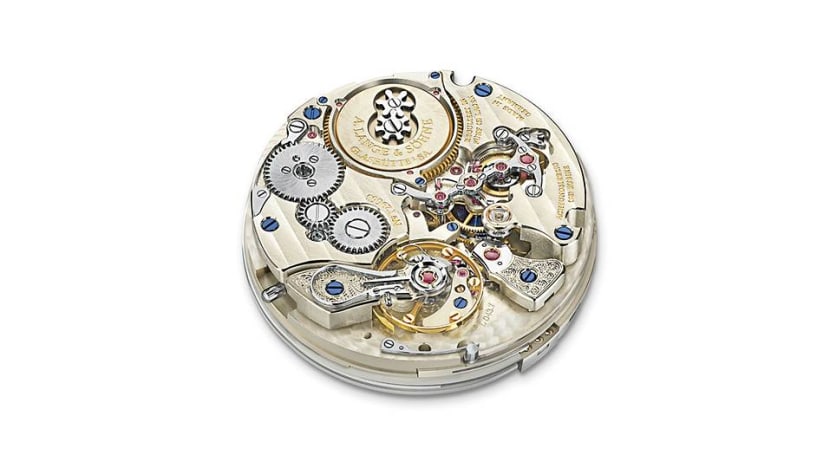
WHY OWN ONE?
For some, the romance associated with this object lies in its history. Many iconic models that are still in production today can trace their developments back several decades or more, and this lineage is reflected in their designs. Few objects today can claim to have such strong ties to the past. Others see value in the time and touch of the watchmaker, engraver, and whoever else was involved in the production of the watch.
Just like how a fountain pen’s nib still requires a nibmeister for adjustments today, luxury mechanical watches remain reliant on skilled hands in several stages of their production, which gives the finished product a human touch. Some other reasons may even seem trivial – many people consider the steady sweep of a mechanical timepiece’s seconds hand to be more aesthetically pleasing than a quartz watch’s tick, tick, tick. Whatever the reason, the bottom line is this: A timepiece is highly communicative about its owner, so making a choice demands serious thought.
Ironically, the mechanical watch – a holdout from an earlier age – seems more relevant than ever today. While quartz movements are overwhelmingly mass produced and somewhat disposable, mechanical movements can be repaired indefinitely (assuming that parts are available). In a world dominated by planned obsolescence and fast fashion, this is one of the few objects well-poised to stand the test of time.
